 Ecuador is a mostly Spanish-speaking nation in South America with a population of about 17 million people. Despite its recent successes in decreasing poverty levels, parts of Ecuador still struggle with the effects of low-income living. One of the country’s greatest challenges is malnutrition, especially during the COVID-19 pandemic. Fortunately, there are ways to reduce hunger in Ecuador in the time of the coronavirus.
Ecuador is a mostly Spanish-speaking nation in South America with a population of about 17 million people. Despite its recent successes in decreasing poverty levels, parts of Ecuador still struggle with the effects of low-income living. One of the country’s greatest challenges is malnutrition, especially during the COVID-19 pandemic. Fortunately, there are ways to reduce hunger in Ecuador in the time of the coronavirus.
Present-day Challenges
Since the enactment of a lockdown, hunger in Ecuador is increasing for many reasons. Namely, the price of domestic food products has increased due to the shortage of goods being grown and produced. Therefore, access to adequate food supply has decreased. As a result, many Ecuadorians lack food security and are struggling to adhere to healthy diets. People with disabilities face additional challenges. They can receive emergency food vouchers provided by the government, but the vouchers do not last more than a few days. The vouchers are also not being provided to over 20% of the population with disabilities. Many Ecuadorians with disabilities and Ecuadorians in general, continue working despite the risk of contracting COVID-19 because that is their only form of income. Those who are unable to work face starvation.
Additionally, a report by the Economic Commission for Latin America and the Caribbean (ECLAC) details concerns about hunger in Ecuador and other Latin American countries in relation to the pandemic. Major concerns for these countries include increased unemployment rates, which could negatively impact families that already struggle with food insecurity. Additionally, these unemployment rates are predicted to force 16 million of all Latin Americans into extreme poverty. Those who were able to afford nutritious meals before the pandemic will have to resort to less nutritious food: if they are able to find food at all. Alicia Bárcena, ECLAC’s executive secretary, worries that the pandemic will cause a food crisis if interventions aren’t implemented quickly and successfully.
The Good News
Despite COVID-19’s significant impact on hunger in Ecuador, there is some positive news regarding overall poverty in Ecuador. Although Ecuador is a hotspot for natural disasters, which can destroy crops, the World Food Programme (WFP) works with the Ecuadorian government to prepare citizens for natural disasters before they happen. Specifically, Ecuador’s Secretariat of Risk Management and National Decentralized Risk Management System work with the WFP to calculate how natural disasters have affected food supply so they can learn from past crises. Vulnerable Ecuadorians can attend workshops to learn about emergency preparedness and how to protect their crops. The workshops also provide training sessions about better eating habits on a low budget. With these calculations and workshops, Ecuador can be more prepared for the next crisis.
Another hunger-relief organization is Banco de Alimento Diakonía, a food bank that works solely to reduce hunger in Ecuador. Its slogan is “Barrigas contentas, corazones llenos,” which translates to “Happy bellies, full hearts.” The food bank’s threefold mission is to reduce hunger, improve nutrition and decrease food waste; the food bank accepts donations in the forms of money and non-perishable foods. Since 2015, Banco de Alimento Diakonía has been a certified member of the Global FoodBanking Network, and it has helped an estimated 16,200 people get access to nutritious food. Fortunately, the food bank is continuing to provide aid during the COVID-19 pandemic.
Looking Forward
The COVID-19 pandemic has changed economies and ways of life in every country around the globe. It will undoubtedly have long-lasting effects on poverty, such as the prevalence of hunger in Ecuador. However, citizens and governments can be more prepared for the next time a crisis comes along. With food banks, workshops and the right preparations, nations like Ecuador can recover from disasters and emerge with new tools to overcome the next challenge.
– Levi Reyes
Photo: Unsplash
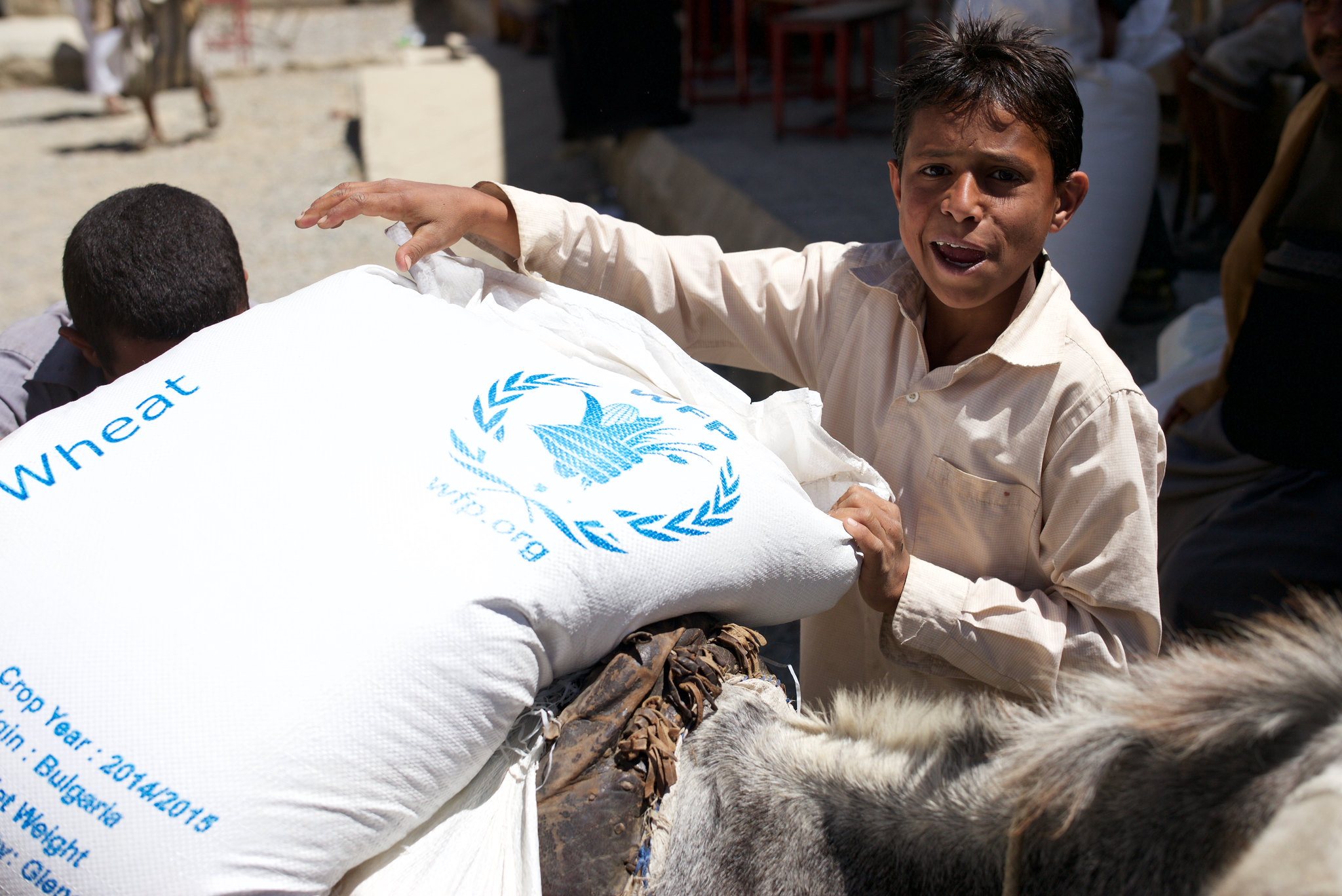 War and conflict exacerbate existing poverty. According to the World Bank’s
War and conflict exacerbate existing poverty. According to the World Bank’s 
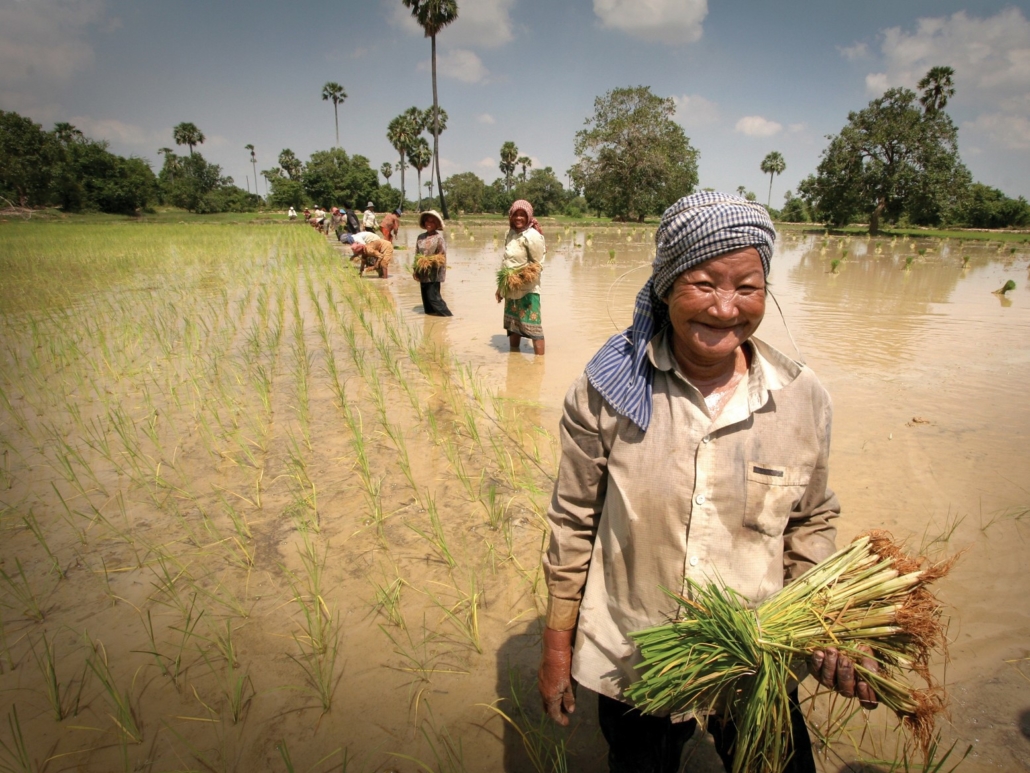
 Turkey is a country with major economic influence in the Middle East, and it is ranked as the
Turkey is a country with major economic influence in the Middle East, and it is ranked as the 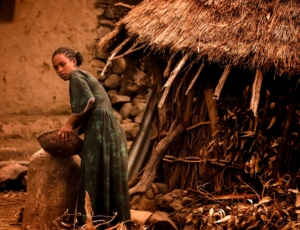
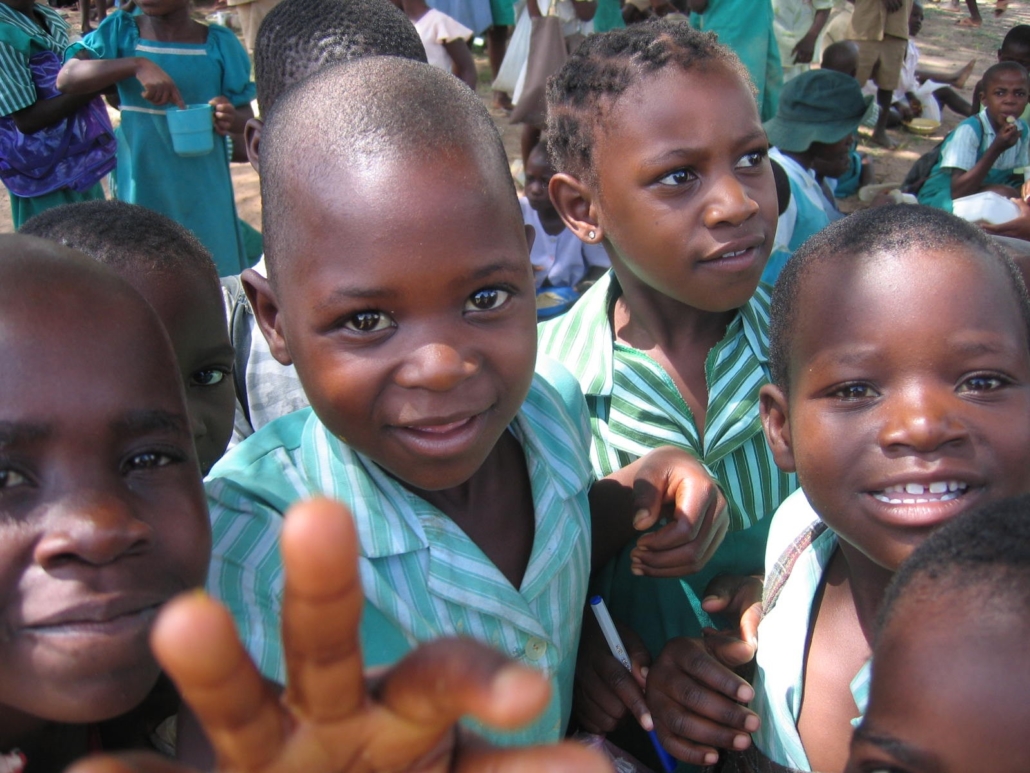
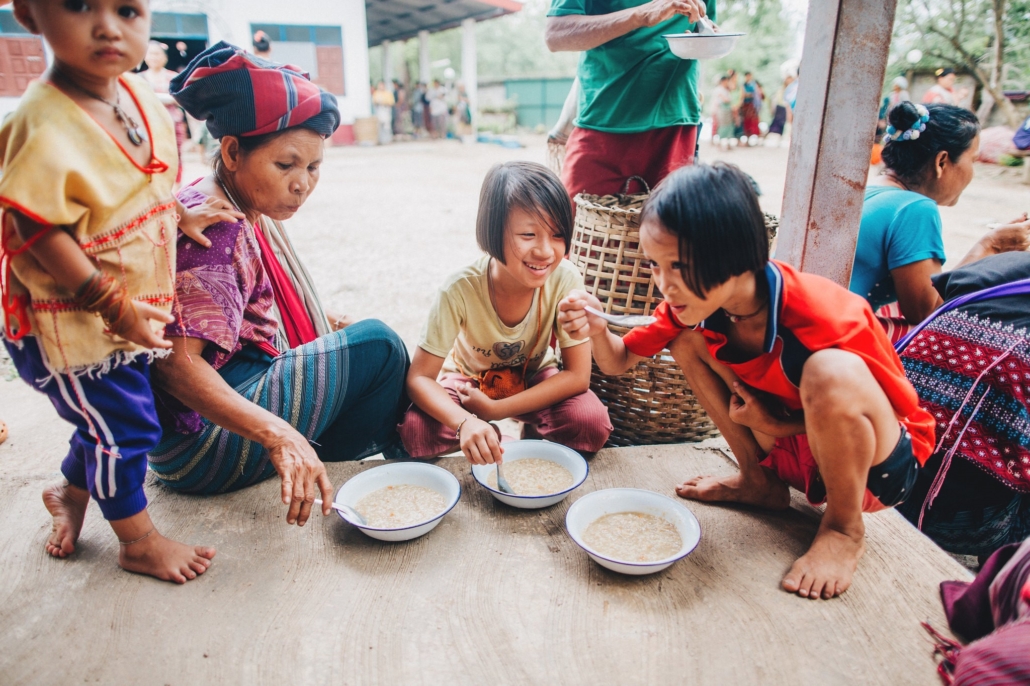
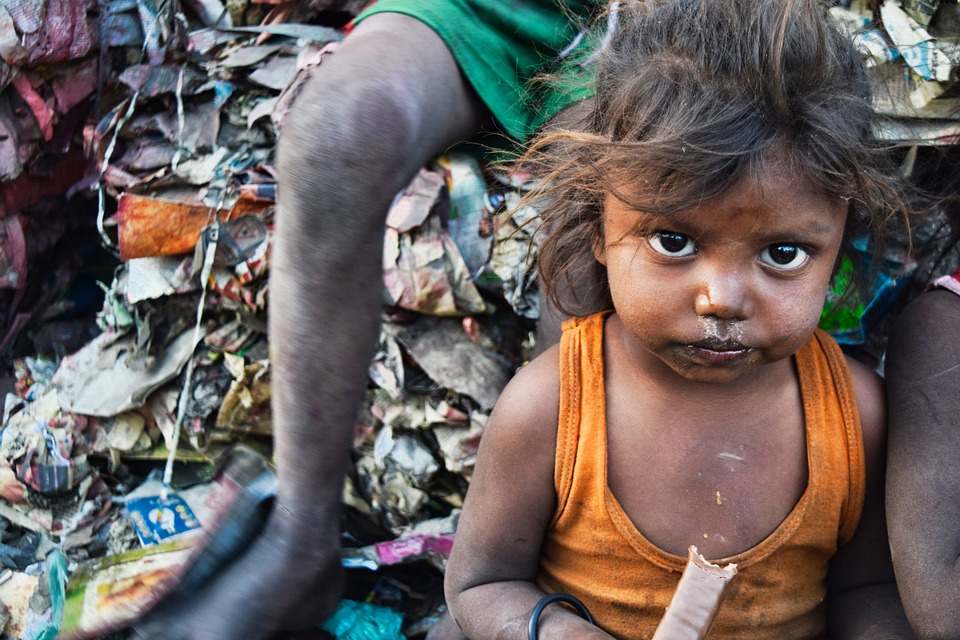
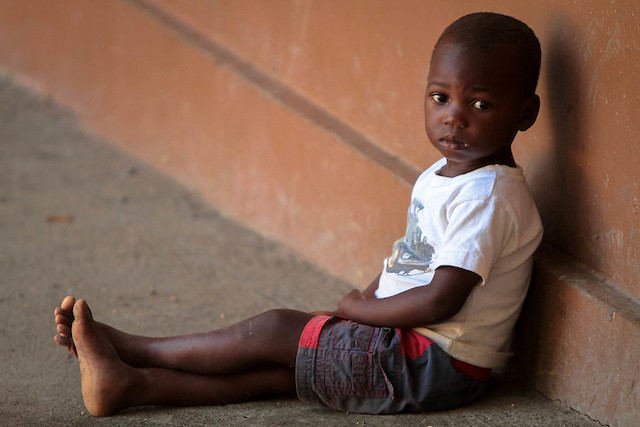 According to the United Nations Food and Agriculture Organization (FAO),
According to the United Nations Food and Agriculture Organization (FAO), 